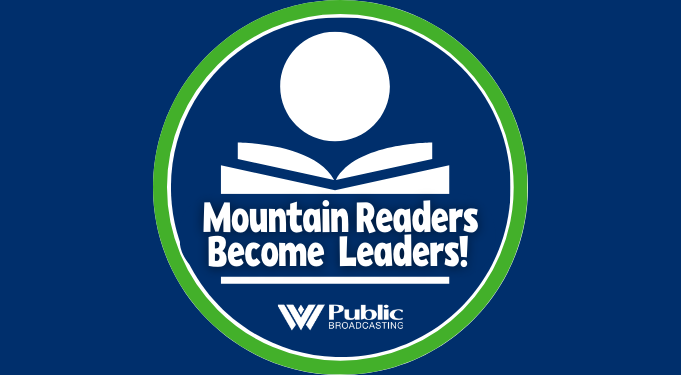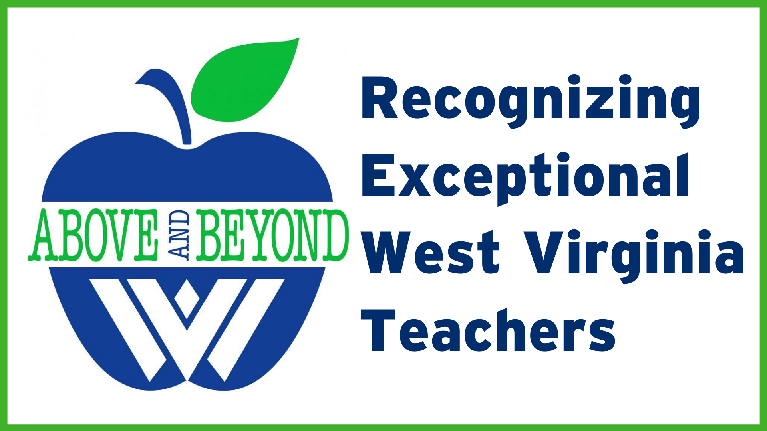Last year, I posted this tweet:
“Appalachian folks: I’m hunting for some @InAppalachia story ideas. What’s something your momaw made that’s unique to where you’re from?”
It got dozens of replies, a large number of which mentioned pinto beans and cornbread. I found that strange because beans and cornbread are the opposite of unique. You can find a bowl of beans anywhere there’s a Cracker Barrel or Bob Evans. It isn’t exactly an Appalachia-specific meal.
And yet, it was clear many Appalachians identified this decidedly non-Appalachian meal with home.
So how did it get this way?
I had no idea where to find the answer, so I just started contacting people who replied to my tweet. That’s how I ended up on the phone with John Porter. And lucky for me, the guy knows his beans.
Porter works as the urban agriculture program coordinator for University of Nebraska-Lincoln’s extension service. And Nebraska is the nation’s No. 3 producer of pinto beans, behind the Dakotas. But while he lives and works in the Midwest, Porter grew up in Wayne County, West Virginia.
“My dad, his family was really poor. The way he put it was, ‘We had beans and taters for dinner and taters and beans for supper,’” he said. “Beans and cornbread is probably what made it possible for people to live in this state. Beans and cornbread are all the amino acids your body needs. So it’s basically the nutritionally perfect food.”
This was something that Native Americans figured out long before white people showed up. Throughout North America, tribes practiced “Three Sisters” farming, where they would grow beans, corn and squash together.
“If you’re thinking about a traditional corn field, imagine that with beans and squash worked into it. That was the scale it was practiced at by the historic Cherokee nation,” said David Anderson, horticulture operations supervisor for the Eastern Band of Cherokee Indians.
These weren’t pinto beans. Those originated in South America. The Cherokee and other native people had their own varieties of dry beans they’d raise every season. They’d also raise corn and grind that into meal.
So, really, a pot of soup beans and cornbread have been a go-to meal in these mountains for as long as humans have lived here.
It’s difficult to pinpoint exactly when pinto beans showed up in Appalachia, but it was probably around the turn of the 20th century. Advances in transportation made it easy to ship dried beans from the Midwest all over the country. Appalachian folks, prudent as always, realized it was cheaper to buy these bulk beans than to grow their own.
That’s what happened in my family.
“My mom bought them in 25 pound sacks. That would probably last us a week,” Momaw Ev told me recently.
Momaw Ev’s mother, Memory, had eight kids and a husband to feed and not a lot of money to do it with.
“Back then we had beans and taters and taters and beans. And biscuits and gravy for breakfast,” Momaw said.
Momaw learned how to make beans and taters and biscuits and gravy, too, because Memory was diagnosed with breast cancer when she was about 11 years old. That diagnosis was a death sentence in those days. So in the time she had left, she taught Momaw how to cook.
It was a matter of survival—all of Memory’s other daughters were grown and had families of their own. Momaw would be the woman of the house once her mother was gone.
But as much as it was about survival, I think it was also a matter of family legacy. Theirs was a poor family. Memory didn’t have any heirlooms to hand down to her daughter. But she did have recipes. They were something her daughter could remember her by.
That’s exactly what happened. This is something I didn’t realize until reporting this story, but I have been eating my great grandmother’s pinto bean recipe all my life. Momaw Ev still makes them exactly the way her mom showed her.
Each Sunday night, she sits down at her kitchen table and dumps a pound of pinto beans directly onto her kitchen table’s floral tablecloth. She picks out all the ugly and broken beans, as well as the occasional rock, and rinses what’s left. She then puts the beans into a slow cooker with water, a few slices of bacon, a little “meat grease” and a hunk of butter.
“I never measure anything,” she said.
She cooks them all night and most of the next day. They’re ready by the time we arrive for dinner on Monday evening.
The guest list is almost always the same. It’s Me, my wife Whitney, our daughter Sadie, my mom and dad, and my sister Genna.
This is also part of the nostalgia that beans and cornbread evoke. It’s not just the food, it’s the ritual surrounding it. And the people we share that ritual with.
If history or economics or necessity had worked out another way, my family might gather around the table every week for a big serving of spaghetti and meatballs.
But for us — and many of you, apparently — it’s pinto beans and cornbread.
Music at the end of this story is by Louis Jordan
This story is part of the Inside Appalachia Folkways Reporting Project, which is made possible in part with support from Margaret A. Cargill Philanthropies to the West Virginia Public Broadcasting Foundation. Subscribe to Inside Appalachia to hear more stories of Appalachian folklife, arts, and culture.




















